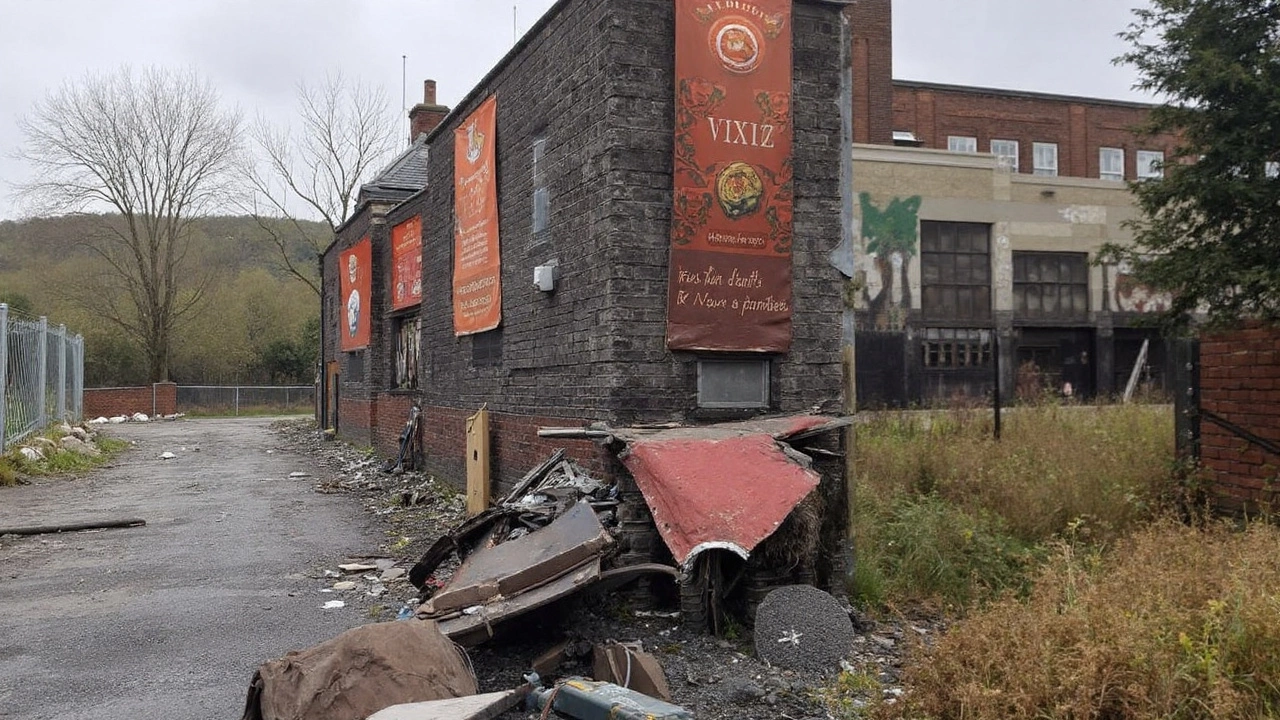Green Infrastructure – Building Smarter, Greener Spaces
When talking about green infrastructure, a network of natural and semi‑natural features that delivers ecological, economic and social benefits in urban areas. Also known as nature‑based solutions, it links parks, trees, wetlands, green roofs and permeable surfaces to improve city life. By weaving these elements into everyday planning, cities can cut heat, reduce flooding and boost residents’ well‑being.
One major sibling of green infrastructure is sustainable urban design, the practice of shaping streets, buildings and public spaces to meet long‑term environmental goals. It relies on principles such as compact growth, mixed‑use neighborhoods and walkability. Another crucial partner is stormwater management, systems that capture, filter and slow down runoff using bio‑retention cells, rain gardens and permeable pavements. Together they form a feedback loop: better design reduces runoff, and effective runoff control lets green spaces thrive.
Why the mix matters for energy and wildlife
Integrating renewable energy, solar panels, wind turbines or geothermal loops placed on rooftops and public structures with green corridors creates a double win. Shade from trees improves solar panel efficiency, while the panels fund maintenance of green belts. At the same time, these habitats support biodiversity, the variety of plants, animals and microorganisms that live in an area. More insects mean healthier pollination, which fuels urban farms and gardens.
Putting these pieces together, we see several semantic links: green infrastructure encompasses sustainable urban design; green infrastructure requires stormwater management practices; renewable energy enhances green infrastructure performance; biodiversity benefits from green infrastructure; and effective stormwater management supports renewable energy installations. These connections are the backbone of the articles you’ll find below, ranging from tech‑driven solutions to community‑level projects.
Below, you’ll discover a curated selection of pieces that dig into real‑world examples, tools and tips. Whether you’re a planner, a developer, or just curious about how greener streets happen, the posts will give you concrete ideas to apply in your own context.

